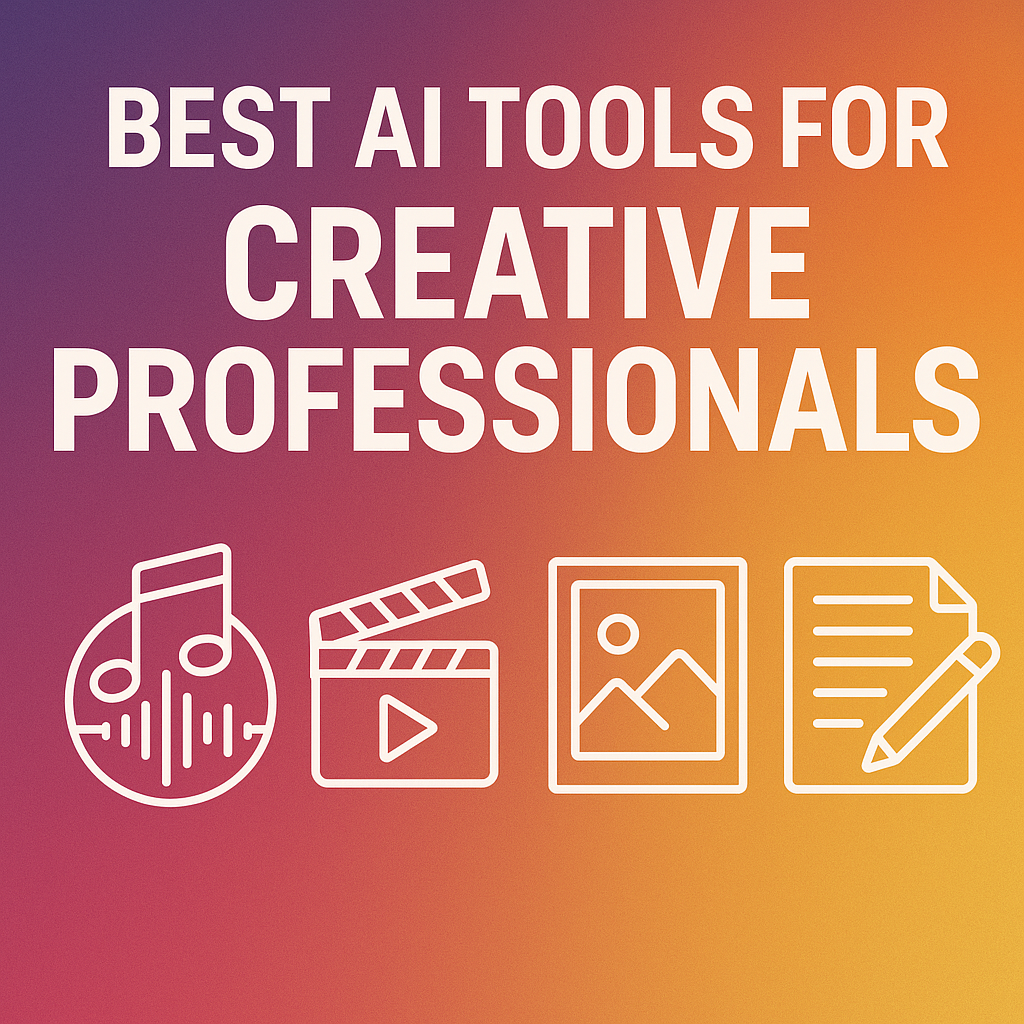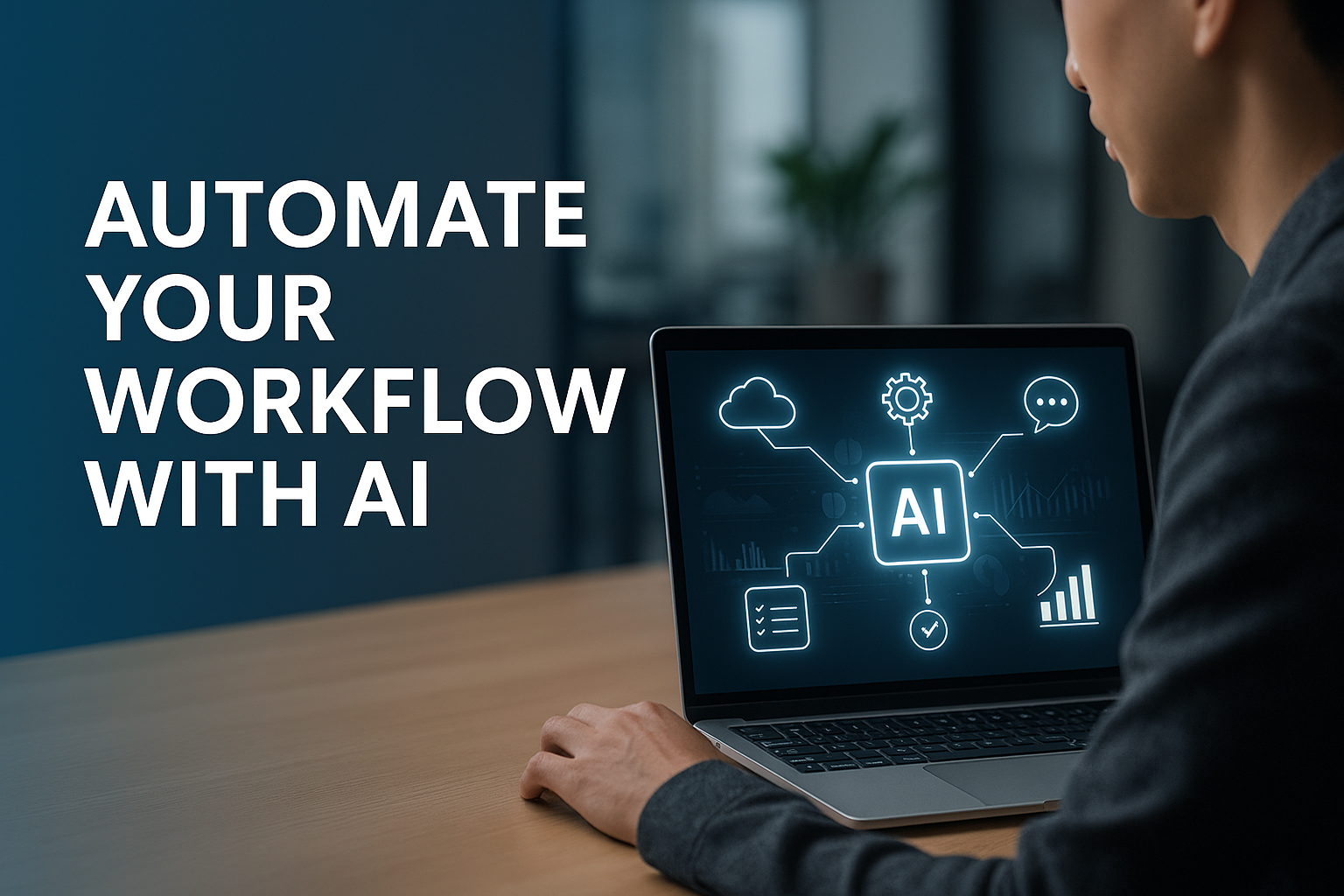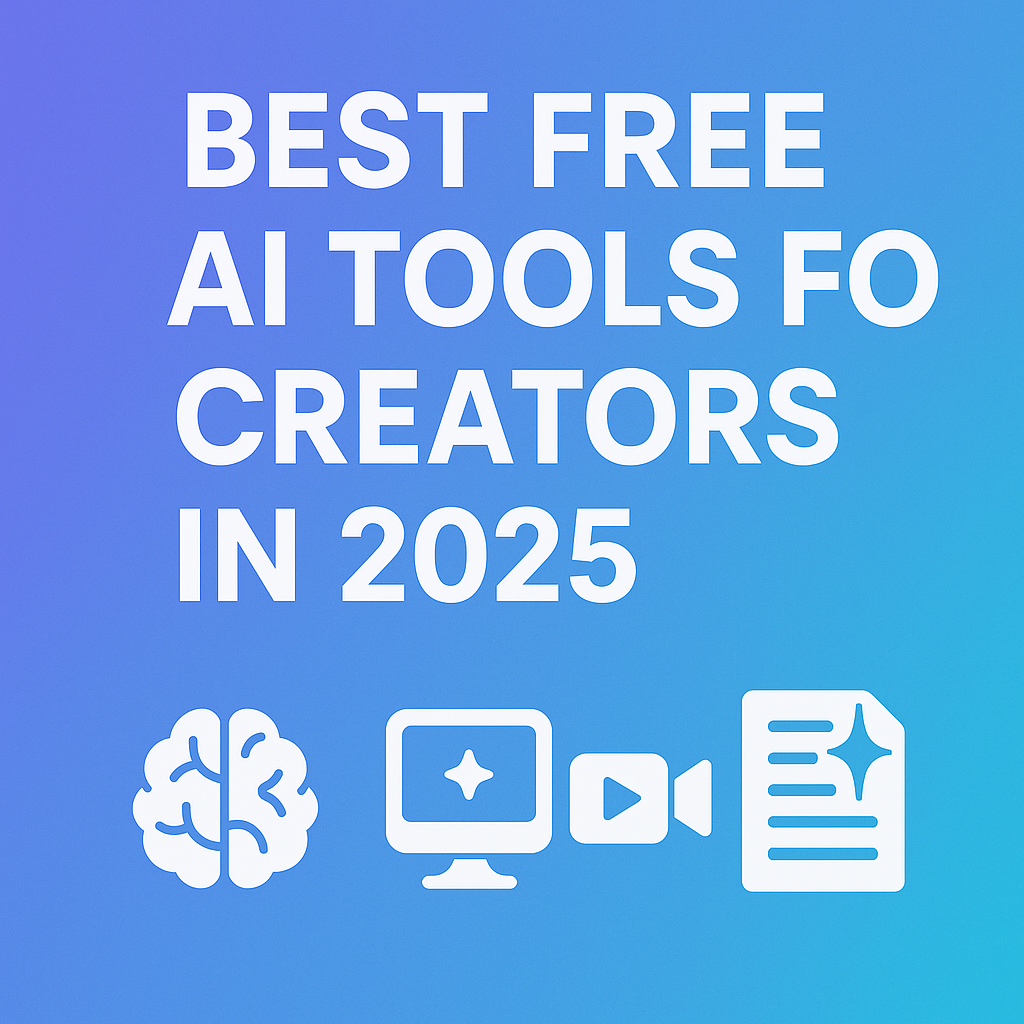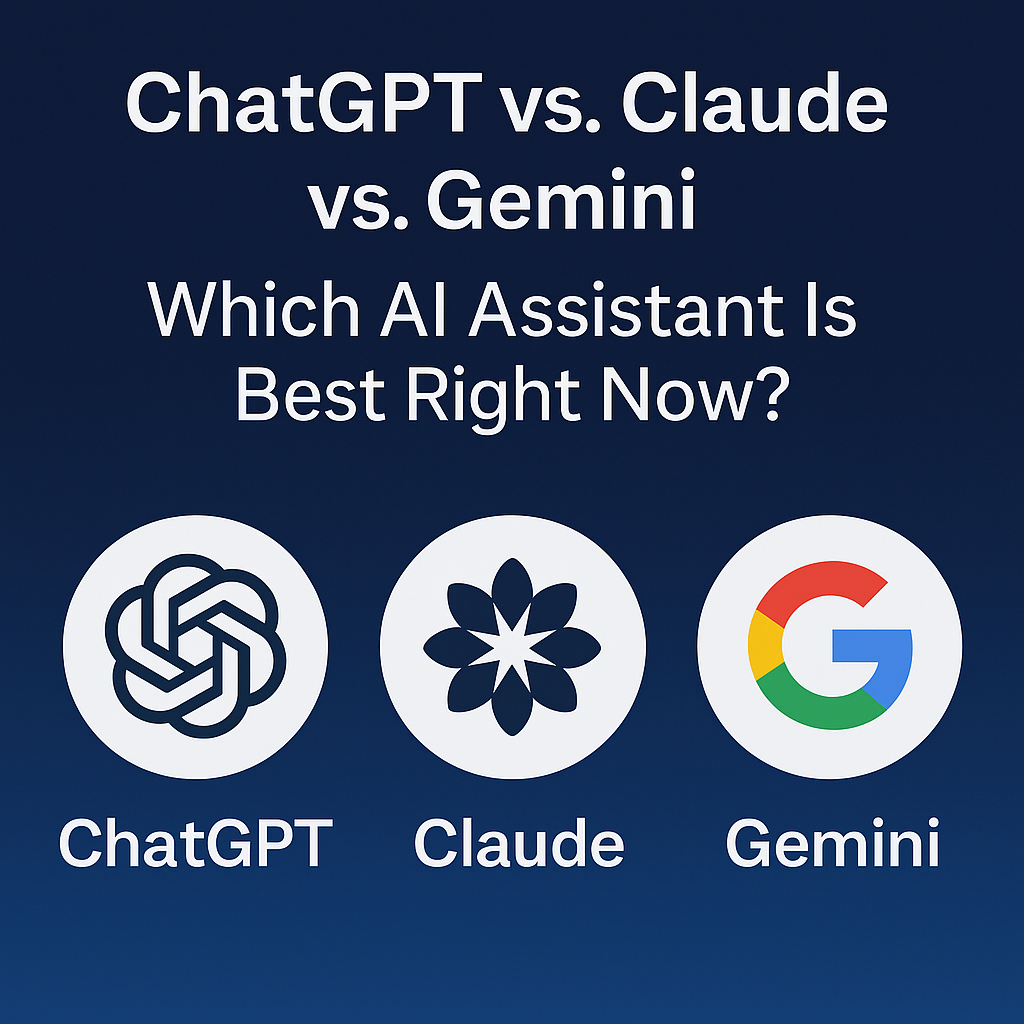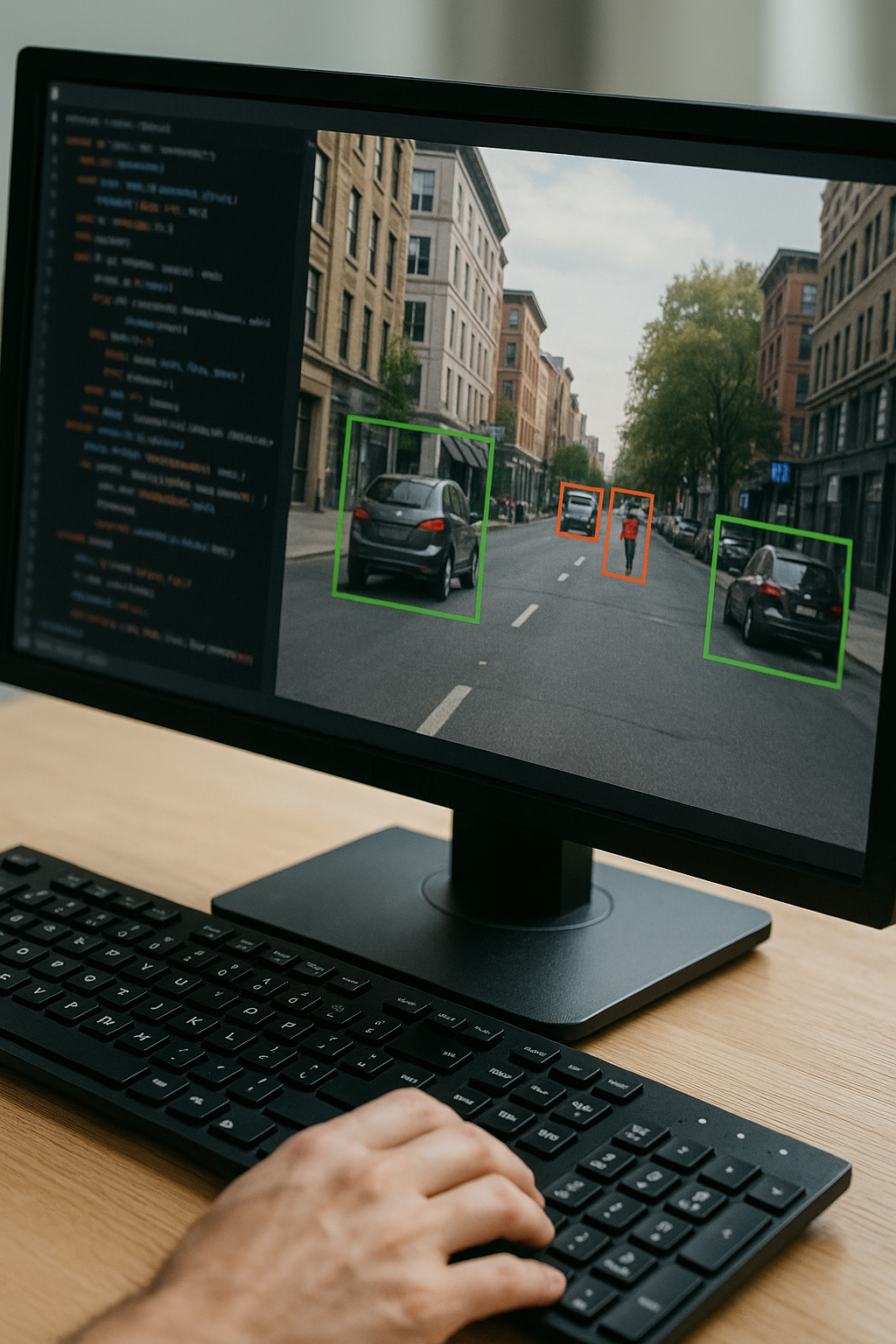AI in Retail
Recommender Systems, Personalized Shopping Experiences, and Supply Chain Optimization
In the rapidly evolving landscape of retail, artificial intelligence (AI) has emerged as a transformative force, reshaping how businesses interact with customers and manage their operations. From enhancing the shopping experience to streamlining supply chains and revolutionizing marketing strategies, AI is proving to be a game-changer for retailers of all sizes. In this comprehensive exploration, we'll delve deep into the key areas where AI is making a significant impact: recommender systems, personalized shopping experiences, supply chain optimization, and beyond.
1. Recommender Systems: The Smart Shopping Assistant
Recommender systems have become an integral part of the online shopping experience, acting as virtual shopping assistants that guide customers towards products they're likely to love. These AI-powered algorithms analyze vast amounts of data, including browsing history, purchase patterns, product attributes, and even contextual information like time of day or current trends.
How AI-Driven Recommender Systems Work:
- Collaborative Filtering: This technique identifies similar users or items based on past behavior. For example, if User A and User B have similar purchase histories, the system might recommend to User A products that User B has bought but A hasn't seen yet.
- Content-Based Filtering: This approach focuses on the attributes of items and user preferences. If a user frequently buys science fiction books, the system might recommend other sci-fi titles.
- Hybrid Approaches: Many modern recommender systems combine multiple techniques for more accurate predictions.
- Deep Learning Models: Advanced systems use neural networks to uncover complex patterns in user behavior and product relationships.
Key Benefits of AI-Driven Recommender Systems:
- Increased Sales and Revenue: By suggesting relevant products, these systems can significantly boost conversion rates and average order value.
- Enhanced Customer Satisfaction: Simplifying product discovery helps customers find what they want more quickly, improving their shopping experience.
- Reduced Bounce Rates: Engaging recommendations keep customers on the site longer, reducing the likelihood of them leaving without a purchase.
- Improved Cross-Selling and Upselling: AI can identify complementary products or higher-end alternatives that customers might be interested in.
- Personalized Email Marketing: Recommender systems can power tailored email campaigns with product suggestions based on individual customer preferences.
Case Study: Amazon's Recommendation Engine
Amazon's recommendation engine is often cited as the gold standard in the industry, driving an estimated 35% of the company's revenue. The system uses item-to-item collaborative filtering, which scales well to Amazon's massive catalog and customer base. It analyzes purchase history, items in the customer's cart, items they've rated and liked, and what other customers have viewed and purchased.
Key features of Amazon's system:
- Real-time updates based on current browsing session
- Integration across multiple touchpoints (website, app, email)
- A/B testing to continuously refine recommendation algorithms
2. Personalized Shopping Experiences: Tailoring Retail to Individual Needs
AI is taking personalization to new heights, creating unique shopping experiences for each customer. By analyzing data from various touchpoints, AI can help retailers offer tailored product recommendations, personalized pricing, and customized marketing messages.
AI-Powered Personalization Techniques:
- Dynamic Pricing: AI algorithms can adjust prices in real-time based on factors like demand, competitor pricing, customer behavior, and even weather conditions. For example, ride-sharing apps use dynamic pricing to balance supply and demand.
- Personalized Email Marketing: AI can segment customers more effectively and generate personalized email content, including product recommendations, offers, and even the best time to send the email for maximum engagement.
- Virtual Try-On Experiences: Using augmented reality (AR) and AI, retailers can offer virtual try-on experiences for products like makeup, glasses, or clothing. This not only enhances the online shopping experience but also reduces return rates.
- Chatbots and Virtual Assistants: AI-powered chatbots can offer personalized customer support, answer questions, and even make product recommendations based on the conversation context.
- Personalized Search Results: AI can tailor search results on e-commerce platforms based on a user's browsing history, preferences, and current context.
- Custom Product Recommendations on Homepage: Many e-commerce sites now feature personalized homepages with product suggestions tailored to each visitor.
Case Study: Stitch Fix's Personalized Styling Service
Stitch Fix, an online personal styling service, uses AI to provide highly personalized fashion recommendations. Here's how their system works:
- Customers fill out a detailed style profile.
- AI algorithms analyze this data along with factors like body type, style preferences, and budget.
- The system selects items from the inventory that match the customer's preferences.
- Human stylists review and fine-tune the AI's selections.
- Customers receive a curated box of clothing items to try on at home.
This hybrid approach of AI and human expertise has allowed Stitch Fix to scale personalization effectively, leading to high customer satisfaction and retention rates.
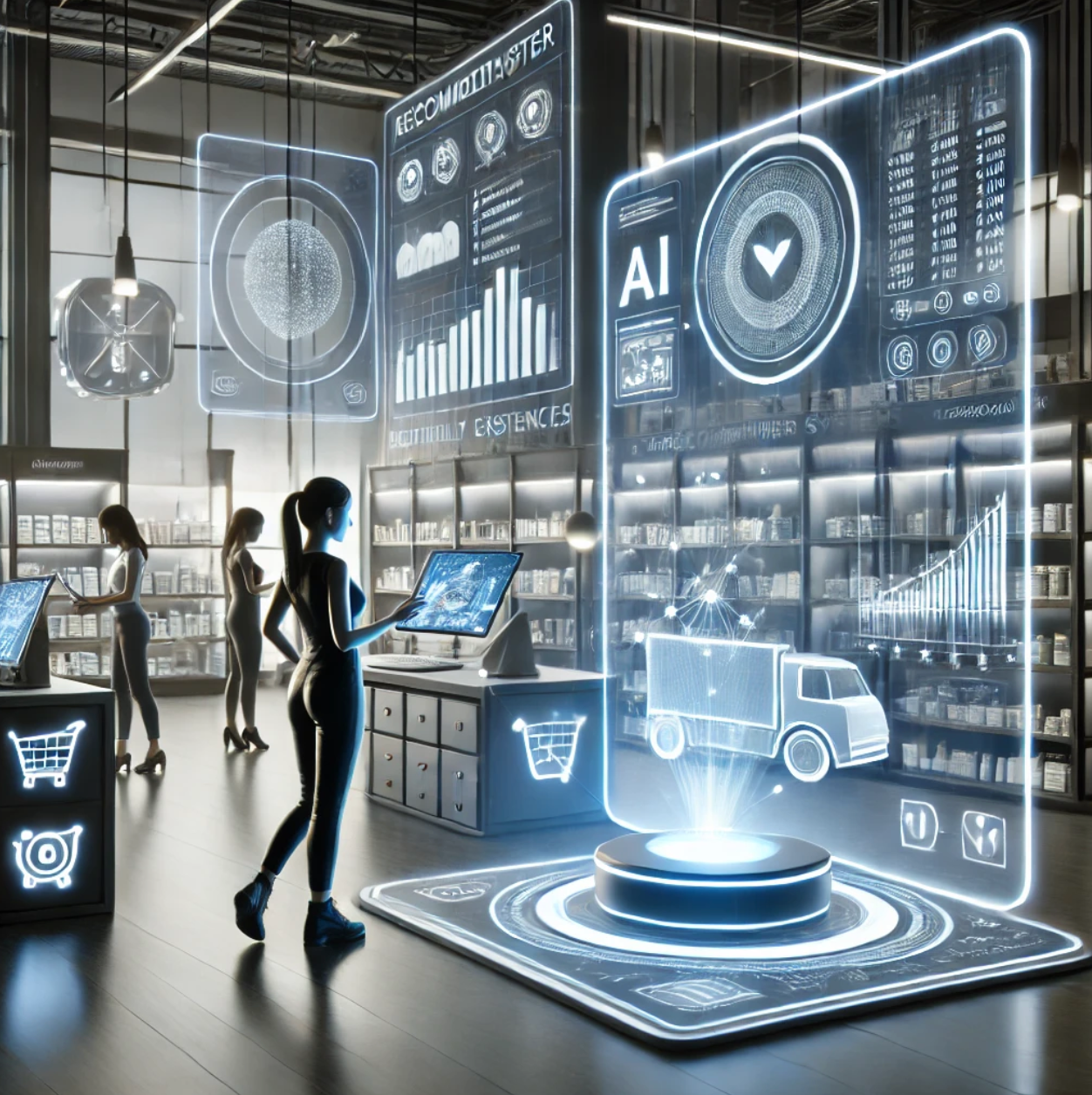
3. Supply Chain Optimization: Streamlining Operations with AI
Behind the scenes, AI is revolutionizing retail supply chains, making them more efficient, responsive, and cost-effective. By analyzing historical data, market trends, and external factors, AI can help retailers make better decisions about inventory management, demand forecasting, and logistics.
Key Areas of AI Application in Supply Chain:
Demand Forecasting:
- AI models can analyze historical sales data, seasonal trends, economic indicators, and even social media sentiment to predict future demand with greater accuracy.
- This helps retailers optimize inventory levels, reducing both stockouts and overstock situations.
Inventory Management:
- AI can optimize stock levels across multiple locations, considering factors like lead times, transportation costs, and local demand patterns.
- Some systems can even automate reordering processes, ensuring optimal stock levels are maintained.
Route Optimization:
- AI algorithms can calculate the most efficient delivery routes, considering factors like traffic patterns, weather conditions, and delivery time windows.
- This leads to reduced fuel costs, faster deliveries, and improved customer satisfaction.
Warehouse Automation:
- AI-powered robots and computer vision systems can enhance picking and packing processes, increasing efficiency and accuracy.
- Some warehouses use AI to optimize the placement of goods, putting frequently ordered items in easily accessible locations.
Predictive Maintenance:
- AI can predict when equipment is likely to fail, allowing for proactive maintenance and reducing costly downtime.
Supplier Selection and Management:
- AI can analyze supplier performance data to help retailers choose the best suppliers and manage relationships more effectively.
Case Study: Walmart's Supply Chain Innovation
Walmart, one of the world's largest retailers, has been at the forefront of using AI to optimize its supply chain:
- Demand Forecasting: Walmart uses machine learning algorithms to predict demand for millions of products across thousands of stores. The system considers factors like local events, weather patterns, and even social media trends.
- Inventory Management: AI helps Walmart maintain optimal inventory levels across its vast network of stores and distribution centers. The system can even predict and prepare for potential supply chain disruptions.
- Walmart's Eden: This AI system assesses the freshness of produce and perishables. It can predict the shelf life of products and dynamically adjust prices to ensure items are sold before they spoil, significantly reducing food waste.
- Robotics: Walmart has introduced robots for tasks like scanning shelves for out-of-stock items and cleaning floors, freeing up human employees for more complex tasks.
4. AI in Physical Retail Spaces
While e-commerce has been quick to adopt AI, brick-and-mortar stores are also leveraging this technology to enhance the in-store experience and optimize operations.
AI Applications in Physical Stores:
Computer Vision for Customer Tracking:
- AI-powered cameras can analyze customer movement patterns in stores, helping retailers optimize store layouts and product placements.
- This technology can also be used to detect potential theft or security issues.
Smart Shelves:
- RFID tags and AI can monitor inventory levels in real-time, alerting staff when restocking is needed.
- Some systems can even adjust pricing dynamically based on demand or expiration dates.
Facial Recognition for Personalized Service:
- While controversial due to privacy concerns, some retailers are experimenting with facial recognition to identify VIP customers and provide personalized service.
Interactive Displays and Smart Mirrors:
- AI-powered displays can show personalized product information or recommendations based on customer interactions.
- Smart mirrors in fitting rooms can suggest complementary items or different sizes/colors.
Cashierless Stores:
- Following Amazon Go's lead, more retailers are exploring fully automated stores where customers can pick up items and leave without going through a traditional checkout process.
Case Study: Amazon Go
Amazon Go stores represent a revolutionary approach to physical retail:
- Customers enter the store by scanning a QR code in the Amazon Go app.
- A network of cameras and sensors tracks customers and the items they pick up.
- AI algorithms process this data in real-time, keeping track of each customer's virtual cart.
- When customers leave the store, their Amazon account is automatically charged for the items they've taken.
This "Just Walk Out" technology eliminates checkout lines, reducing friction in the shopping experience and potentially reducing labor costs for retailers.
5. AI in Marketing and Customer Engagement
AI is not only transforming the shopping experience and operations but also revolutionizing how retailers' market and engage with their customers.
AI-Powered Marketing Strategies:
Predictive Analytics for Customer Lifetime Value:
- AI can analyze customer data to predict which customers are likely to be most valuable in the long term, allowing retailers to focus their marketing efforts more effectively.
Sentiment Analysis:
- AI can analyze social media posts, reviews, and customer service interactions to gauge customer sentiment about products or brands in real-time.
Programmatic Advertising:
- AI algorithms can buy ad space in real-time, targeting specific audiences with personalized ads across various digital platforms.
Content Generation:
- Some retailers are using AI to generate product descriptions, social media posts, and even basic marketing copy.
Voice Commerce:
- With the rise of smart speakers, AI is powering voice-based shopping experiences, requiring retailers to optimize for voice search and develop voice-specific marketing strategies.
Case Study: Nike's Consumer Direct Offense Strategy
Nike has embraced AI as part of its Consumer Direct Offense strategy:
- Nike App: The app uses AI to provide personalized product recommendations based on the user's activity and preferences.
- Nike Fit: This technology uses computer vision and AI to scan customers' feet and recommend the perfect shoe size, potentially reducing returns and improving customer satisfaction.
- Demand Sensing: Nike uses AI to analyze data from its apps, website, and retail partners to predict demand trends and inform product development and inventory decisions.
- Customization: Nike's "Nike By You" platform uses AI to help customers design custom shoes, suggesting color combinations and design elements based on current trends and the customer's preferences.
The Future of AI in Retail
As AI technology continues to advance, we can expect even more innovative applications in the retail sector. Some areas to watch include:
- Augmented Reality Shopping: AR apps could allow customers to visualize products in their homes before purchasing, particularly useful for furniture and home decor retailers.
- Predictive Shipping: Amazon has patented a system that would ship products to local distribution centers based on predicted demand, even before customers have placed orders.
- Autonomous Delivery: Drones and self-driving vehicles could revolutionize last-mile delivery, making it faster and more cost-effective.
- Hyper-Personalization: As AI gets better at understanding individual preferences, we could see truly unique shopping experiences tailored to each customer's specific needs and desires.
- Ethical AI and Privacy Concerns: As AI becomes more prevalent in retail, addressing concerns about data privacy and ethical use of AI will become increasingly important.
Conclusion
AI is reshaping the retail landscape, offering unprecedented opportunities for personalization, efficiency, and innovation. From recommender systems that understand customer preferences to supply chain optimizations that ensure products are in the right place at the right time, AI is helping retailers meet the evolving demands of modern consumers.
However, with great power comes great responsibility. As retailers leverage AI to enhance their operations and customer experiences, they must also address important considerations such as data privacy, ethical use of AI, and maintaining a human touch in customer interactions. Those who can strike the right balance between technological innovation and customer trust will be well-positioned to thrive in the AI-driven future of retail.
Are you ready to harness the power of AI to transform your retail business?
Join our community of forward-thinking retail professionals – subscribe now and be part of the AI revolution in retail. Don't just adapt to the future of retail – shape it with the power of AI. Sign up today and transform the way you do business!
Sign Up For Our Weekly Newsletter and Get Your FREE Ebook " AI For Everyone - Learn the Basics and Embrace the Future"



